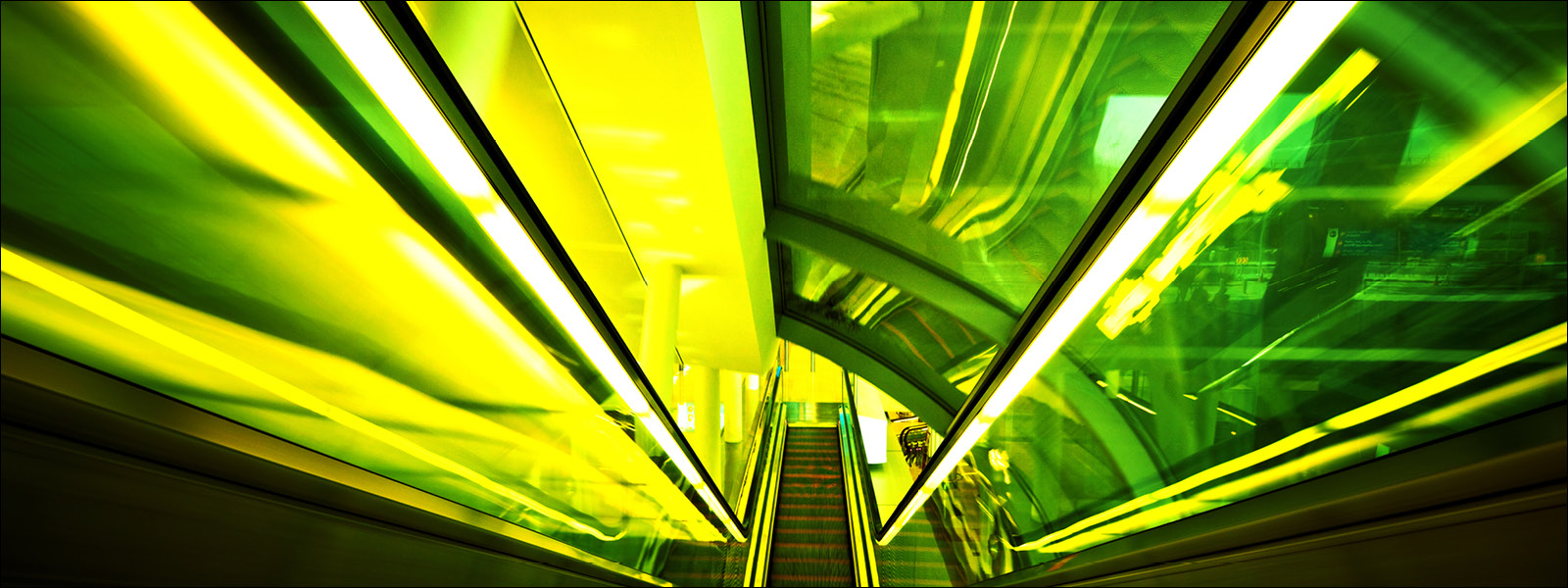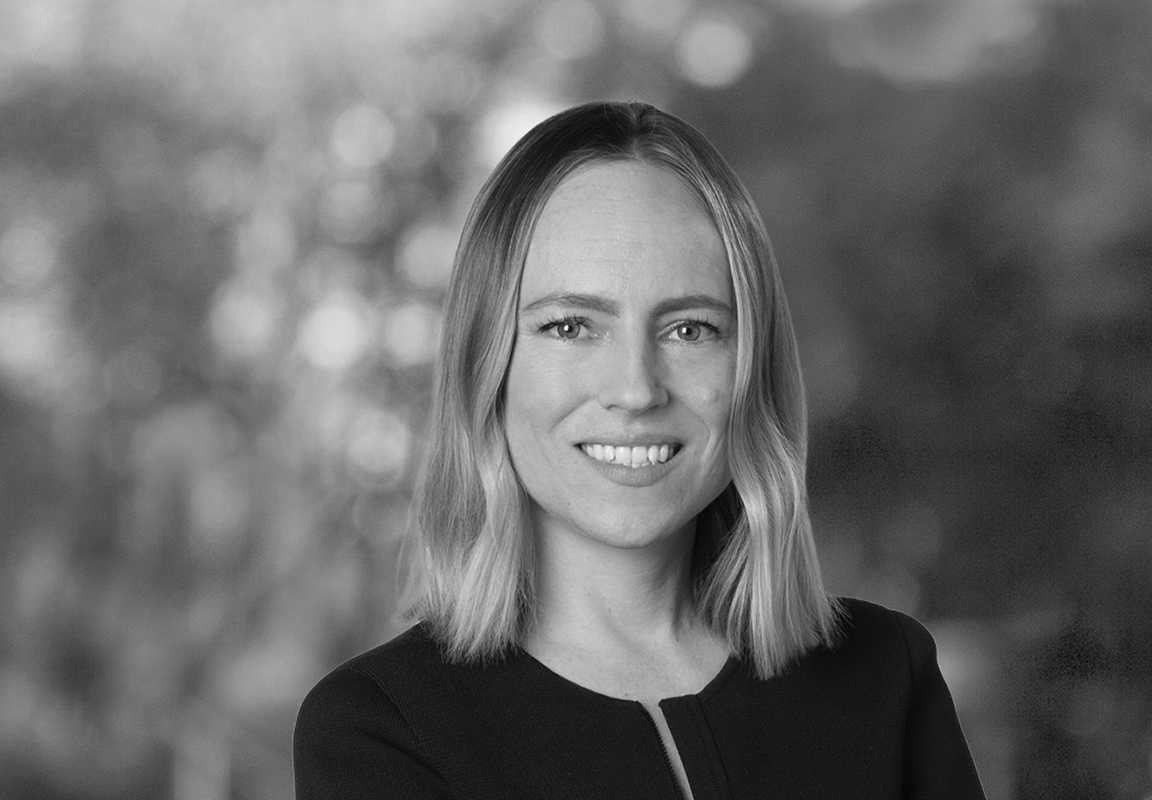
What the latest US court ruling means for AI-generated art's copyright status
1 min read
In The Art Newspaper, White & Case Technology Transactions partner Erin Hanson discusses the impact of a recent United States District Court's ruling regarding the United States Copyright Office's (USCO) denial of an application for registration of AI-generated art.
In the ruling, United States District Court Judge Beryl A. Howell upheld a prior refusal to grant copyright protection to requests made by inventor Stephen Thaler on behalf of his artificial intelligence engine, citing the absence of a "guiding human hand" in the AI-generated artwork's creation.
The article explores whether the US Copyright Act of 1976 is suitably adapted to deal with AI-generated content. Citing the Copyright Act clause that provides "Copyright protection subsists in original works of authorship fixed in any tangible medium of expression, now known or later developed" as evidence of its flexibility, Hanson emphasizes that the "underlying policy, [the] objective, of copyright law is to incentivize creative human expression."
Like many, Hanson is interested to see the degree to which human oversight or intervention may be required to ultimately qualify AI-generated work for copyright protection (if at all). She notes that neither the USCO's guidelines nor this recent court ruling preclude a form of human control or guidance, "that could ultimately, potentially lead to copyright protection, but it would be very much dependent on how the AI technology actually works and the context. It would be a case-by-case analysis."
See the full Art Newspaper article here.
Press contact
For more information please speak to your local media contact.

